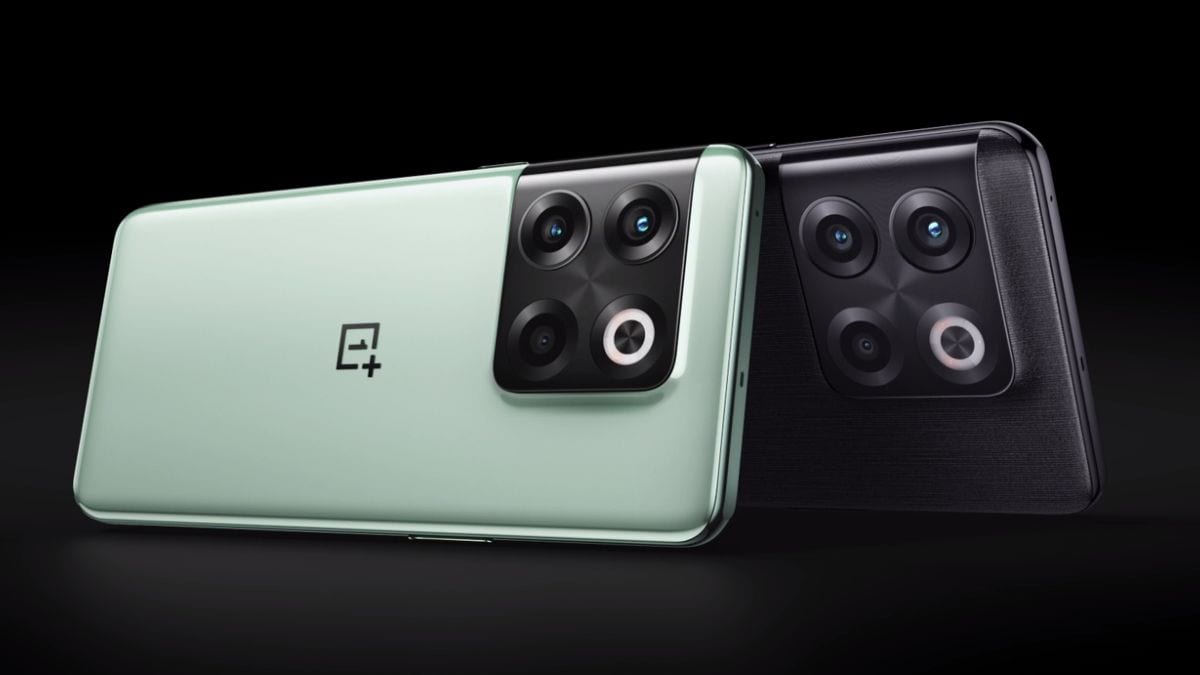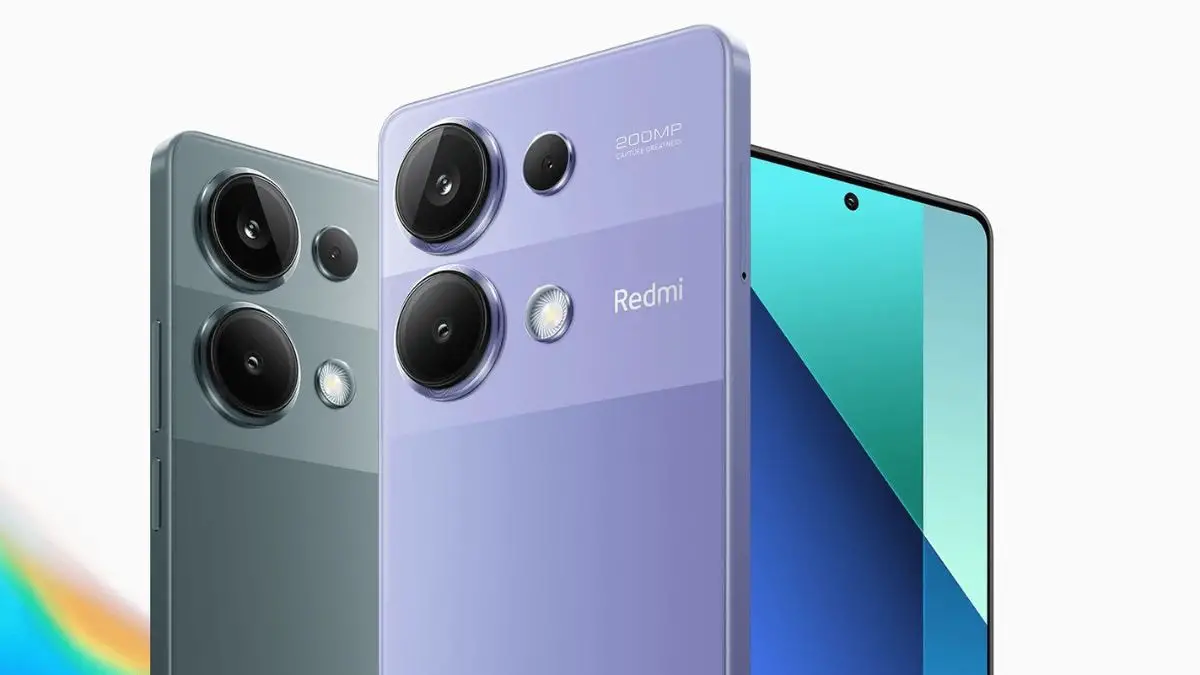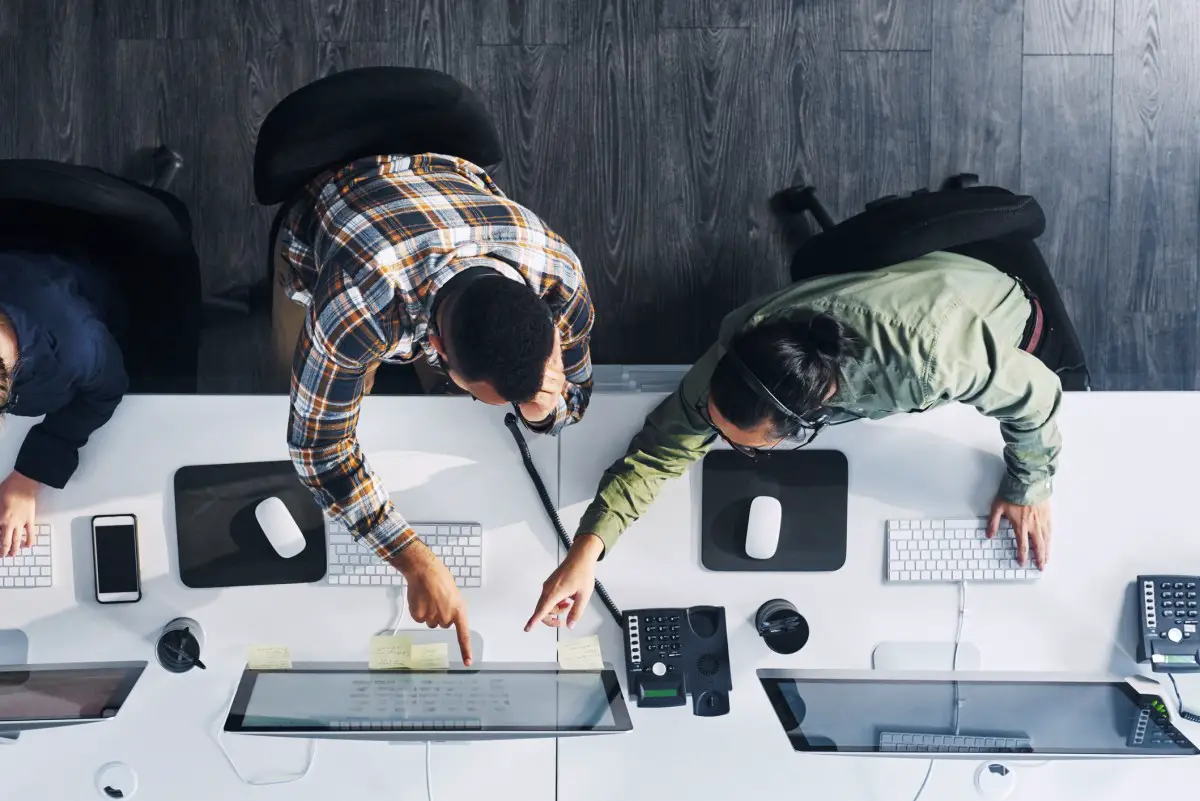I have reviewed every Pixel smartphone since the brand was first introduced in 2016, and something about the Pixel 9 series makes me think of Google’s latest hardware as all grown up. It’s impossible to point to one new feature as the source of this feeling. Rather, it’s an amalgamation of changes that have taken place over the past three years—ever since the company began stuffing its own Tensor processors into these phones to power its forward-looking software.
The combination of polished hardware, brawny internals, and helpful software has resulted in a handset that matches what you get from the likes of Samsung and Apple. All that elegance comes at a cost though. At $799 for the Pixel 9, $999 for the Pixel 9 Pro, and $1,099 for the Pixel 9 Pro XL, these are among the most expensive Pixels to date. Here’s your regular reminder that you can get excellent smartphones for less than $500 (including Google-made devices like the Pixel 8A).
But for anyone who doesn’t mind splurging on the most important piece of tech in their life, the Pixel 9 series delivers some of the best mobile camera experiences money can buy. The Pixel 9 also serves as an engaging window into the AI-fication of our personal technology—whether that’s something you want or not.
The Phone Stuff
The refined design helps with the Pixel 9’s glow-up. The iconic camera visor that has been a mainstay since the Pixel 6 is still present, but in a more elegant pill-shaped design. Don’t worry, it still screams “Pixel.” It’s hard to mistake this phone for something else, especially if you opt for the lovely pink colors. (I appreciate that the fun color isn’t restricted to the “non-Pro” model, as it is on other makes and models of phones.)
Photograph: Julian Chokkattu
I don’t find the camera bump excessive or ugly; the phones don’t rock when they sit flat on a table, and that’s a massive boon. I like the flat display panel, as well as the flat edges. The squared-off design is easier to hold, and your grip won’t interfere with the touchscreen like on smartphones with “waterfall” displays that curve around to the sides where your fingers grasp the phone’s body. Just know that the Pro phones have glossy edges that attract fingerprints, so you’ll be wiping them down often. (Just me?)
Speaking of fingerprints, Google has outfitted these models with an ultrasonic in-display scanner that is far and away more reliable than the optical fingerprint sensors it has been using on Pixels for years, finally matching the quality found on other Android phones. On the flip side, Pixels are still some of the only Android phones with secure face scanning, so it’s great that you have both biometric options, though I’d have liked to see improvements in making face unlock work better in the dark.
Choice goes a long way in showing maturity in a product line too. For the first time, you get options in the size of the Pixel 9 Pro—6.3 inches or 6.8 inches for the XL—which means you no longer have to feel like you’re losing out on features just because you prefer smaller phones. Even though I have big paws, I prefer the size and feel of the Pixel 9 Pro. Nice and compact.
I haven’t had qualms with the basics on all three Pixel 9 phones. The OLED displays are wonderfully bright, sharp, and smooth (though make sure you turn on the 120-Hz screen refresh rate in the settings). Performance with the Tensor G4 chipset has yet to show a hiccup in standard operations, even when juggling multiple apps. In benchmarks, the latest Tensor chip sits lower than the processors powering Samsung and Apple’s flagships, but this largely affects gaming performance. (More on that in a bit.)
As for the battery life, the results are pretty good but not particularly special. The Pixel 9 Pro XL had roughly 30 percent battery left at the end of the day whereas it was closer to 15 percent on the other two models. But this is with heavy use. I managed a whopping seven hours of screen-on time, with the Pixel 9 Pro hitting 20 percent. On the Pixel 9, it was closer to six hours of screen-on time before I hit that mark. The batteries are reliable, but you’re still not quite getting the peace of mind you can enjoy with a phone that has two days of battery life.
Photograph: Julian Chokkattu
The small spec changes between the Pixel 9 and the Pixel 9 Pro models might not persuade you to buy a specific model. The Pro models, for example, have faster charging speeds, and the screens are a tiny bit brighter. The improvements are so minor it doesn’t make much difference. (Ideally, the Pro models should’ve come with 256 GB of storage instead of 128, but at least you get a year of Gemini Advanced baked in.)
However, three things might make the Pixel 9 Pro worth the splurge over the base Pixel 9. First is the 5X telephoto camera, which I talk more about in the camera section of this review. You don’t need to be a photographer to make use of it; just know it’ll take better pics of your kids at the school recital! Having an optical zoom option is always useful. The second step up in the Pro model is the selfie camera. In bright scenes, you might not notice a difference, but in low light, the Pixel 9 Pro’s selfie results are noticeably sharper than the Pixel 9 with less noise.
Finally, there’s the vapor chamber cooling system. Without getting technical, this greatly improves the cooling capabilities of the Pixel 9 Pro and Pro XL, meaning the processor won’t get throttled if your phone heats up during intensive tasks. I didn’t notice a difference in day-to-day use, but take gaming as an example. I maxed out the graphics settings on Zenless Zone Zero and played for nearly two hours on the Pixel 9 Pro without it getting too hot, and I didn’t see many stutters in the gameplay. That was not the case on the Pixel 9. After 20 minutes, stutters grew frequent and the phone got incredibly hot.
Photograph: Julian Chokkattu
The takeaway? If you’re an avid gamer, it’s worth going for a Pro. If you never play mobile games or use the zoom function on your phone’s camera, then the Pixel 9 will do.
My only knock on the hardware front is the lack of Qi2 support in the Pixel 9 range. I’ve been excitedly waiting for more Android phones to adopt this new wireless charging standard, which would bring a MagSafe-like magnetic experience much like iPhones. Alas, it’s just standard Qi wireless charging here. Do what I do and use a MagSafe case.
I haven’t had a chance to try the Pixel’s new Satellite eSOS messaging function, which lets you contact emergency services even when you don’t have a cell signal or Wi-Fi. It’ll be enabled on the launch day, but it’s nice to finally see the feature on Android.
It’s All About the Camera …
Photograph: Julian Chokkattu
Pixel 9 Pro XL, main camera. One of the improvements in Google’s Real Tone technology is that it can do a better job with correcting skin tone, especially in these kinds of harsh color lighting scenarios, and it does the job excellently. Compare this with the following iPhone photo.
I’ve written more in-depth here about the camera updates Google has made to its image processing algorithms and Real Tone, the tech that helps make skin tones appear more natural. The TL;DR is the Pixel 9 camera system is excellent, rivaling and sometimes (not always!) surpassing the iPhone 15 Pro, which was my point of comparison this go-around. But let me nerd out a bit.
Skin tones generally appear more color-accurate on the Pixel 9 series than on the iPhone, and most of the time, the Pixel delivers accurate color temperatures and white balance. Keyword: most. There are a few instances where the Pixel 9 color corrects too much and reduces the warm tones from a picture, though I have found the iPhone tends to exaggerate those hues. Similarly, the Pixel 9 better exposes a scene, offering more detail in the shadows, but sometimes it does this at the expense of overbrightening one area.
(left) Apple iPhone 15 Pro Max Regular Video / (right) Google Pixel 9 Pro XL Boosted Video
Video: Julian Chokkattu
As much as I like the 5X optical zoom camera, Apple’s telephoto lens is superior in low light, as images taken with the iPhone’s camera appear sharper and more lifelike, whereas the Pixel’s can feel too processed. Apple’s white balance is pretty off, though. Seriously, what’s up with trying to pump up the yellow tones?
Two notable areas where the Pixel 9 excels are videos and panoramas. For videos, Google is improving its Video Boost technology that debuted on the Pixel 8 Pro, which uploads your clip to Google’s servers, cleans up your footage, improves stabilization, and brightens everything up. You’ll get a notification sometime later when it’s complete. (You still have access to the original video if you want to share it immediately.) This processing step is automatically enabled when you move to the Night Sight tab in Video mode. The resulting footage looks amazing after being brightened up. However, this makes me more impressed at how good the iPhone’s footage looks without ever needing to be sent off for zhuzhing.
Photograph: Julian Chokkattu
More impressive are panoramas. Google has a new way of capturing them: The Pixel places a series of dots over the scene in the viewfinder, and as you move the phone around, it asks you to pause on each dot so it can capture that part of the scene. It was shocking to see the difference between the iPhone’s panorama, which was way darker than the scene in real life, versus the brighter, more colorful shot from the Pixel.
But there’s a big difference between what you capture and what you do with the photo you’ve captured. A big part of the Pixel camera experience nowadays is the AI editing features Google has been championing over the past few years. Google started simply, allowing you to remove unnecessary objects from the background of your photos. Now, you can completely change the scene by typing in some text.
Photograph: Julian Chokkattu
This is where we get to see the good and bad sides of technological innovation. Take the “Add Me” feature, for example. First, you take a photo of your loved one in front of a landmark. Then you swap places, and they’ll take a pic of you next to where they stood. Let the image process, and now it’ll give you one photo where it appears as if you both stood next to each other. It solves the problem of asking someone to take a picture of your family (or just having a photo in your library where the whole family isn’t together).
Autoframe is another nice feature to have. This generates imagery around the photo you captured to offer different framing options, potentially improving the photo’s composition. Sometimes I get a horizontal crop of a photo I captured vertically, which is nice to have as an alternative. That said, with both of these features, you only have to look closely to see discrepancies. Some are more obvious, like the extra fingers in my colleague Lauren Goode’s hands. Some are less so, allowing the doctored photo to pass for reality.
Reimagine is where things start to get murky. It’s a powerful feature that lets you select an area of a photo and type in text to alter it. Samsung introduced a similar feature called Sketch to Image in its latest folding phones, but Google’s implementation is much more effective. I’ve replaced a street with a lake and a dog with an umbrella in a boat. I’ve added Cthulhu floating near a building. There are guardrails here—it refused to add people or alter faces—but what you add or alter can completely change the photo.
Photograph: Julian Chokkattu
The more I changed my photos, the more I started to feel bad. Not so much when I was making silly changes—but when I modified a picture, like adding a realistic supermoon in the New York City skyline or changing the lighting in another photo from nighttime to sunset, it felt surreal. I even went back and altered an image I took with my mirrorless camera in Japan—at the time I was upset that I could only take the photos at high noon rather than sunset, but Reimagine let me add a somewhat realistic sun and change the lighting to golden hour. I know you can do these things with tools like Photoshop, but the ease that comes with putting it right there in the phone’s camera app doesn’t feel right.
… And AI
Pixel phones serve as a proving ground for Google’s AI-powered software enhancements that the company touts as making everyday tasks a bit easier. There are a few new ones here. Call Notes is the latest calling feature that more or less records your phone call and then creates an AI-generated summary with the most important bits. This can be very useful when you’re shopping around trying to get a quote on something, but it’s only as good as the quality of the call.
I called a few dentists and auto mechanics in my area to get some quotes, and Call Notes correctly noted the prices in its summary, but also mistakenly heard certain things: Someone’s address that was “1812 Atlantic” turned into “18 Club”; Nostrand Avenue turned into “Nordstrom Avenue.” At the very least you can play back the entire call to listen again for yourself or look at the transcript. This feature is one you have to manually turn on during every call, so you’ll have to remember, and it also is awkward because it injects a warning to the other person that the call is being recorded. That’s important (for legal reasons too!) but you might have to explain yourself.
Pixel Screenshots and Pixel Studio are two new apps, and I found the latter way more fun than I expected. It lets you create stickers of people’s faces (from your photos) and drum up party invites or other imagery. I spent a long time with my wife just re-creating images of my dog in different scenarios, and they were all very cute. It’s too bad Google won’t let you turn these into stickers you can share in messaging apps though.
Pixel Screenshots is much more utilitarian, using on-device AI to understand the context of your screenshots, organize them, and allow you to ask the Gemini assistant to pull up details without having to hunt through the screenshots folder. I don’t take screenshots this way so I didn’t find it as useful, but I can see how it can be helpful. At the very least, it just makes it easier to find stuff.
Finally, there’s Gemini Live, though this isn’t a Pixel exclusive. The first time I used this new voice-powered chatbot, I might have been a little too dismissive of it. But over time, I found myself talking to the chatbot and having real-time voice conversations about broader topics—mostly space and what came before the Big Bang. It understood my questions with near perfection, and while I had doubts about the accuracy of the information it offered, there was something strangely pleasant about having a back-and-forth search experience. It’s like talking to Wikipedia, but if Wikipedia had a nice voice, routinely flattered you by telling you you’re asking “smart” questions, and didn’t force you to hunt for information (though Gemini can be verbose).
Some of the biggest AI upgrades have yet to come—Google will soon let Gemini tap into your calendar and tasks, as well as keep notes. Much like the forthcoming Apple Intelligence, we’ll be able to see how effective large language models are when they become better personal assistants. The Pixel 9 series feels primed and ready for this challenge.








